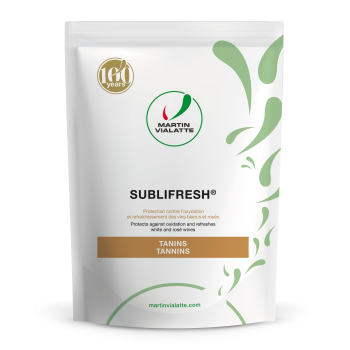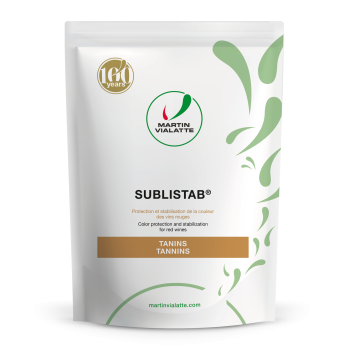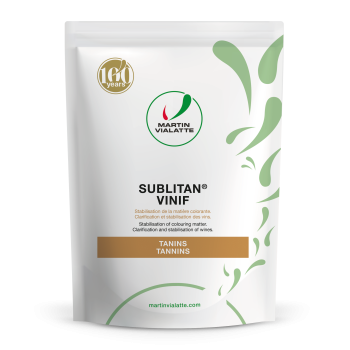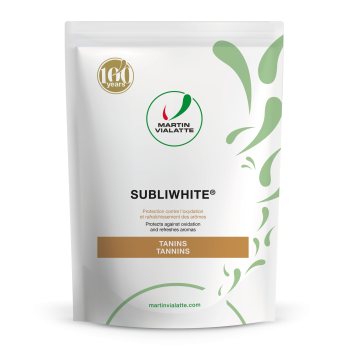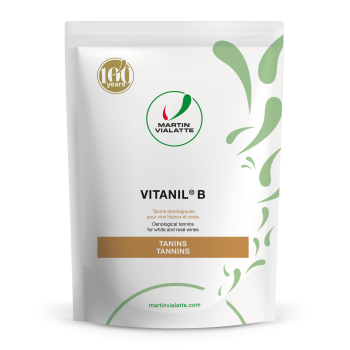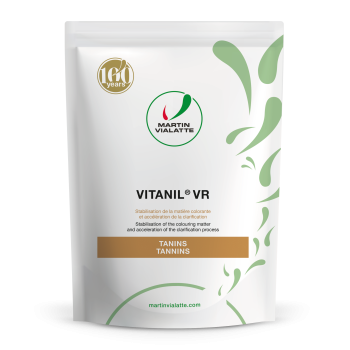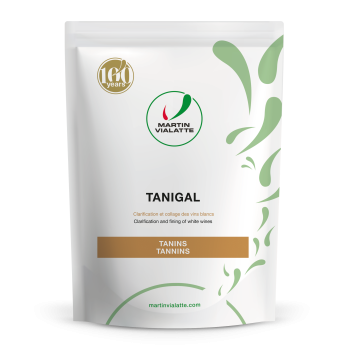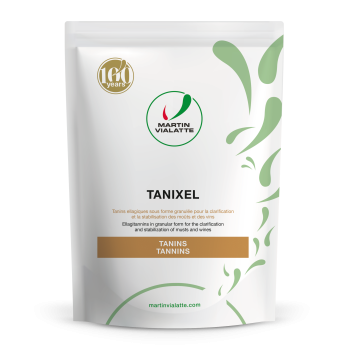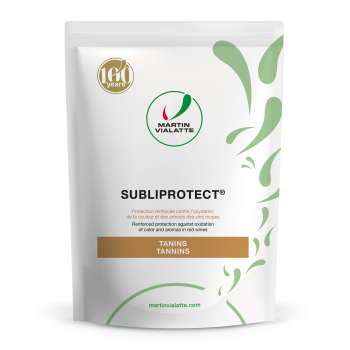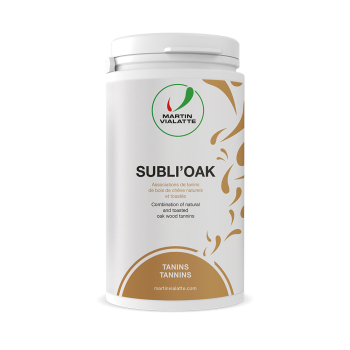TO FULLY UNDERSTAND THE USE OF TANNINS IT IS ABOVE ALL NECESSARY TO UNDERSTAND THEIR PROPERTIES AND THEIR SIGNIFICANCE FOR MUSTS AND WINES
Oenological tannins are derived from several botanical species, the oldest of which are the oak apple, chestnut wood and oak wood. In addition, other tannin-rich species can be used, such as grape skins and seeds, tea leaves, artichokes and many others.
The tannins chemical structure depends on their botanical origin and they can be classified into 3 families:
- Gallotannins,
- Ellagitannins,
- Proanthocyanidic tannins, also called condensed tannins.
It is the chemical structure of the different families, which governs the principal oenological properties of tannins.
Families of tannins can be classified according to:
- their antioxidant and oxygen-consuming capacity.
- their capacity to protect anthocyanins during vinification.
- their ability to affect the wine’s redox potential.
As a result of our knowledge and expertise regarding these various properties, MARTIN VIALATTE® has formulated specific tannin preparations in order to meet the challenges facing winemakers.
A very detailed analysis of these challenges has enabled MARTIN VIALATTE® to select and adjust optimum combinations of tannin families as well as their botanical origins, thus making use of their most valuable properties.
